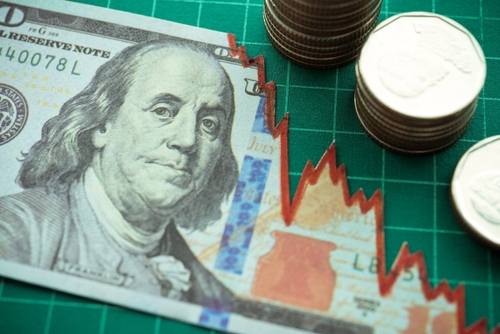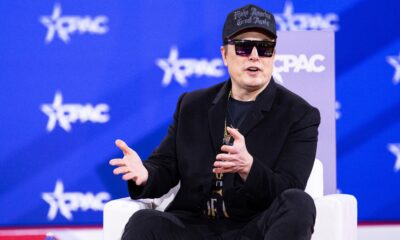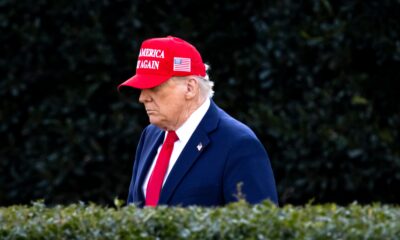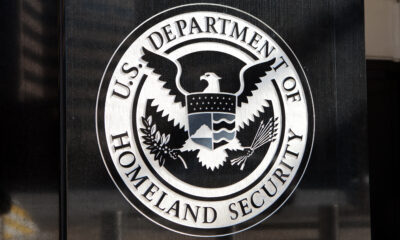Stagflation Threat Looms As Manufacturing Slumps Further

As American manufacturing continues to exhibit sluggish performance, concerns about the coming impact on our nation’s economy are mounting. The country is confronting what seems like a prelude to stagflation, a condition characterized by stagnant growth, high inflation and unemployment. Experts suggest this condition often leads to economic malaise and results in persistent recession.
Recent manufacturing survey data indicates a continual contraction in the sector, with the PMI Manufacturing Index slightly below 50 — indicating contraction — for ten consecutive months. Chris Williamson, Chief Business Economist at S&P Global Market Intelligence, highlighted the stagnation in the sector, stating, “September saw a welcome near-stabilization of business conditions in manufacturing, but a further increase in price pressures is a concern on the inflation front.”
The recent surge in oil prices aggravates these fears, with Brent crude now nearing $100 per barrel and causing additional anxiety regarding prolonged inflation. This increase is attributed to Saudi Arabia and Russia’s decision to extend voluntary oil supply cuts, affecting global inventories.
According to Paul Gambles, co-founder and managing partner at MBMG Family Office Group, “What we are seeing now is we can get into a situation where we do end up with softer demand for oil, and yet the prices can still keep going higher because of the fact there is this ability to constrain supply.”
Economic indicators suggest that we may be venturing into economic uncertainty, reminiscent of the 1970s when high inflation coexisted with stagnant growth. Economists and market participants are increasingly concerned about the intersection of reduced economic activity and elevated inflation rates, a combination known to leave lasting imprints on the financial landscape.
Potential interest rate hikes further complicate this turbulent economic forecast. The CEO of JPMorgan Chase, Jamie Dimon, emphasized the repercussions of sharp rate increases, noting, “When rates go up sharply, there is stress in debt repayments.” He cautioned that the economy might not be prepared for interest rates rising to 7%, stating, “The worst case is 7% with stagflation.”
Despite these apprehensions, there is a hopeful, albeit cautious, anticipation of economic resilience. Dimon expressed hope for a soft landing, asserting that outcomes would depend on several global factors, including geopolitics, oil prices, and wars. He advised a cautious approach, acknowledging the severe issues that need addressing over time.
Notably, concerns over stagflation and its implications permeate discussions around potential economic downturns. Mel Lagomasino, CEO of WE Family Offices, also expressed concern, asserting that the “big bogeyman out there is stagflation” and predicting a possible recession. These contemplations are critical as they address the possibility of a significant economic slowdown and potential inflation spikes, especially due to energy prices.
Questions also arise around cryptocurrency’s role in the turbulent financial landscape. While acknowledging the potential utility of blockchain technology and smart contracts, Dimon cautioned against considering cryptocurrencies a reliable store of value, describing such a concept as “a fraud; it should be closed down.”
This trend of upward pressure on inflation combined with stagnation in the manufacturing sector exemplifies the need for prudent economic and fiscal policies. It becomes imperative for policymakers to steer the nation with caution and sagacity through these challenging times, balancing growth, employment, and inflation to ensure the citizens’ financial well-being and the nation’s continued prosperity.
























